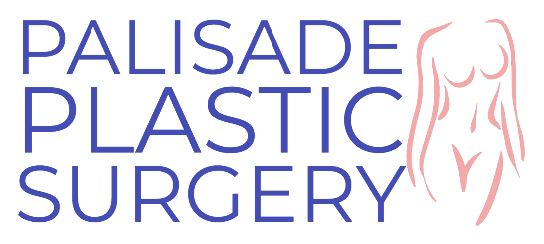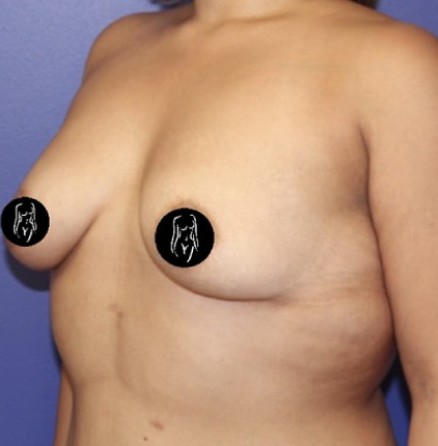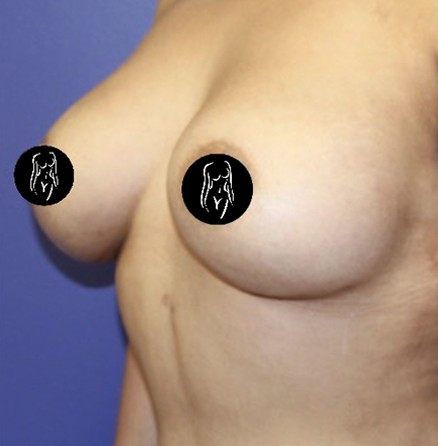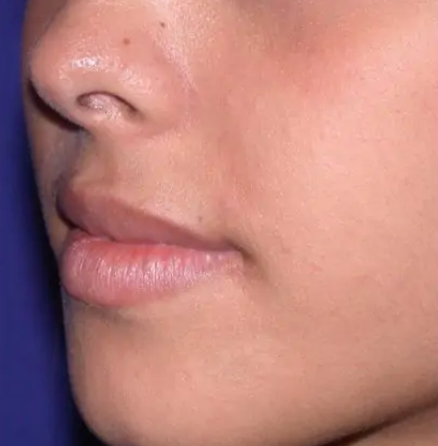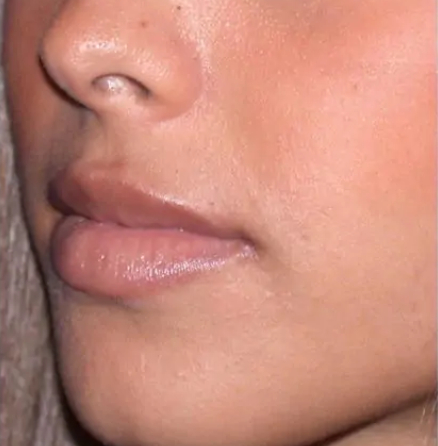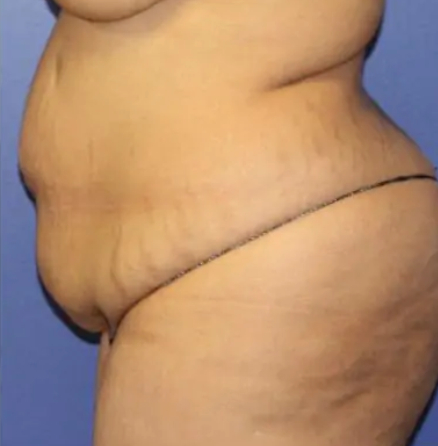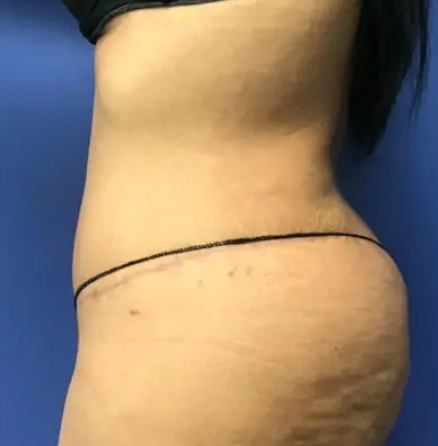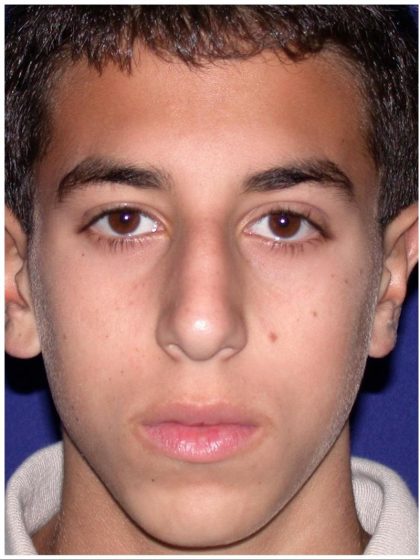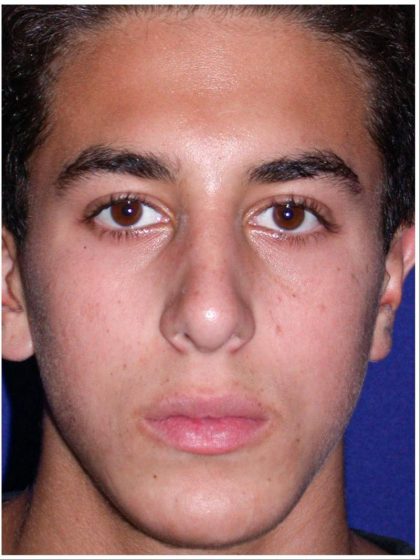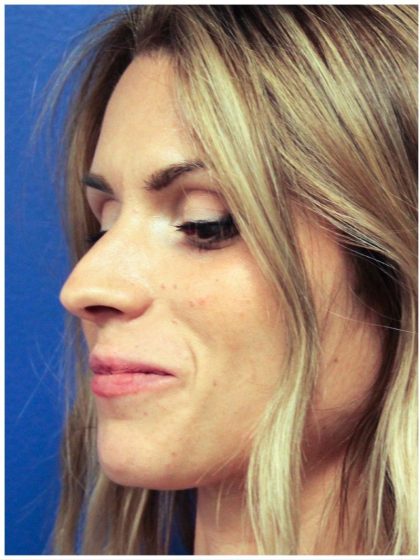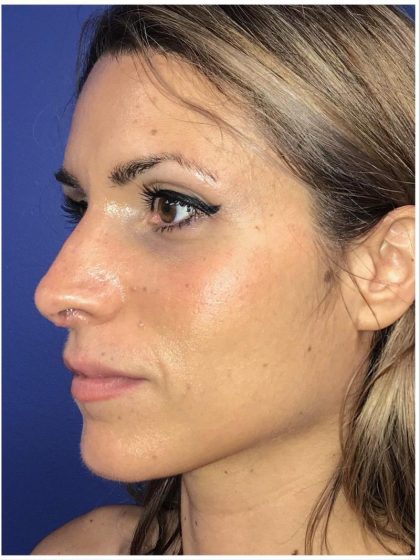Rhinoplasty
Conveniently located to serve the areas of New Jersey and the Tri-state Area

Rhinoplasty, also referred to as a “nose job”, is a procedure designed to improve the appearance and/or function of the nose. Considered among the most intricate and complex of plastic surgery procedures, it requires a thorough understanding of nasal anatomy, an aesthetic eye to visualize what elements need to be addressed, and expertise of various corrective techniques.
Contents
Before and After Photos
This transformative procedure can reshape, reduce or augment a person’s nose to achieve facial harmony and boost self-confidence. It may be performed as a reconstructive procedure to correct a birth defect or an injury such as a broken nose.
Two techniques have distinguished themselves when performing a rhinoplasty procedure
- Open Rhinoplasty- A small discreet incision is made along the columella, the skin tissue between the nostrils, and permits full visibility of the structures that underlie the skin as the nose is unroofed.
- Closed Rhinoplasty- Incisions are all made within the nostrils to not produce any visible scarring, with nuanced pulling maneuvers allowing for manipulation of the underlying structures.
The open approach provides superior visualization and is most often performed by our surgeons to provide predictable and excellent results.
A rhinoplasty procedure can be a life-changing procedure, which is why Dr. Rosenberg and Dr. Pathak meticulously employ all their surgical skills to enhance the facial harmony between the nose and other facial features. It’s important for patients to have reasonable and optimistic expectations about their outcome from a rhinoplasty procedure, which is why we ensure adequate time during consultations to clearly devise an agreed upon surgical treatment plan based on your anatomy and cosmetic goals. The best results are most often achieved when the shape of the nose is enhanced within the limits of a patient’s own anatomy and conforming to one’s facial proportions. The results of a rhinoplasty become gradually more apparent as the days pass after surgery and swelling recedes, with removal of the postoperative splint at 1 week. Swelling however may persist or reappear from time to time the first year after the procedure.
FAQ
“Discover your true beauty, one breath at a time!”
Can rhinoplasty improve breathing difficulties?
Yes, rhinoplasty can address functional issues that may impact breathing. It is common for rhinoplasty procedures to combine both aesthetic enhancements and functional improvements. Your surgeon can evaluate your specific concerns and determine the appropriate techniques to enhance both the appearance and functionality of your nose, leading to improved breathing and a harmonious nasal profile.
Will rhinoplasty leave visible scars?
In most cases, rhinoplasty can be performed using either a closed or open approach. The closed approach involves incisions made within the nostrils, resulting in no visible external scars. The open approach involves a small incision on the columella (the tissue between the nostrils), which may leave a subtle scar that typically fades over time and becomes virtually unnoticeable. Your surgeon will determine the most suitable approach based on your specific needs and goals.
Am I a good candidate for rhinoplasty?
Ideal candidates for rhinoplasty are individuals who are in good overall health, have fully developed nasal structures (usually around age 15 for females and 17 for males), and have specific concerns about their nose’s size, shape, or function. A consultation with a qualified plastic surgeon is necessary to assess your candidacy and discuss your expectations, goals, and any potential risks or limitations.
How long does the recovery process take after rhinoplasty?
The recovery period for rhinoplasty varies from person to person, but generally, patients can expect some swelling and bruising around the nose and eyes for the first one to two weeks. Most individuals feel comfortable returning to work or school within 1-2 weeks, but it may take several months for the swelling to fully resolve and for the final results to become evident. Your surgeon will provide you with specific aftercare instructions to promote healing and optimize your recovery.
